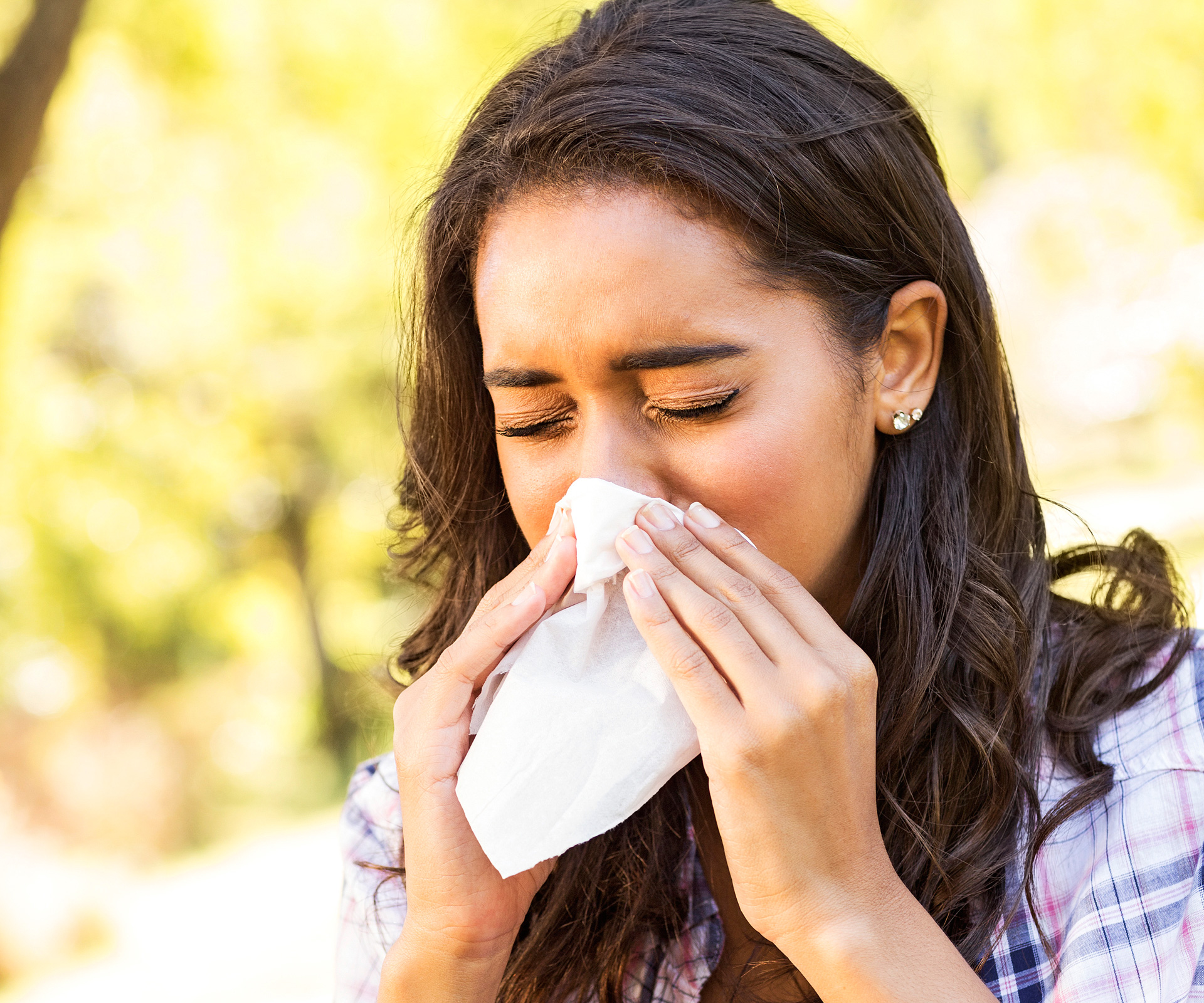1. What triggers spring hayfever?
A. Flowers
B. Hay
C. Grass and tree pollen
D. All of the above
ANSWER: C. Airborne pollen from trees and grass is the enemy for spring hayfever sufferers. Flowers, on the other hand, are pollinated by insects rather than wind, so they don’t cause hayfever attacks.
2. What are the telltale signs you have hayfever and not a head cold?
A. A red, runny nose and congestion
B. Itchy skin and watery eyes
C. Headache and sore ears
D. All of the above
ANSWER: D. Hayfever causes all kinds of misery at once, including sneezes, headache, itchiness, sore ears and streaming eyes. These symptoms flare up suddenly when your immune system reacts to a normally harmless substance, such as pollen, and releases a chemical called histamine to combat the threat. In contrast, a head cold usually comes on over a few days and starts with a sore throat.
3. What’s the best time of the day to take an antihistamine tablet?
A. Before you go to bed at night
B. In the morning before you leave home
C. When you can’t seem to stop sneezing
D. At the first sign of sniffles
ANSWER: A. The pollen count is usually at its highest between 5am and 10am, so taking your medication the night before means the antihistamine will have enough time to get to work in your system. The result? You’ll wake up allergy-free and less likely to get symptoms all day long.


